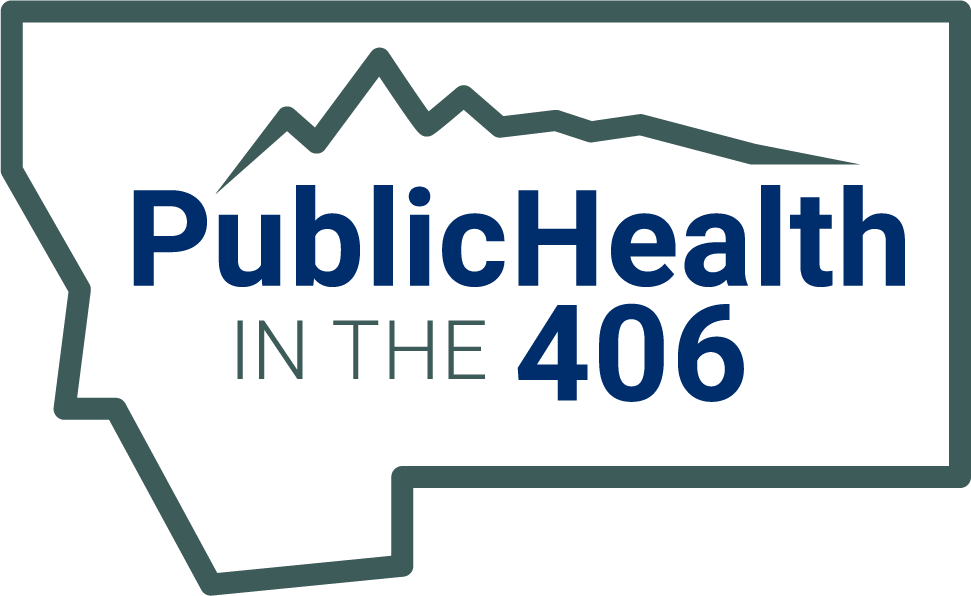Arthritis
When you hear that juvenile arthritis affects nearly 300,000 children, you may imagine all of those children having the same symptoms and facing the same struggles. Juvenile arthritis actually is an umbrella term for a number of childhood diseases affecting the joints and musculoskeletal system. And although they share many common telltale symptoms, like pain, joint swelling, redness and warmth, they are distinct and each have their own special concerns and symptoms.
One of the first steps to living with a diagnosis of juvenile arthritis is to understand the type of arthritis your child has. The following is a list of some of the common types of juvenile arthritis.
Juvenile Arthritis Welcome Kit
A diagnosis of juvenile arthritis can turn life upside down. You may not know what to expect, what treatment options are available or what to do. You may be worried and have a lot of questions.
The Arthritis Foundation understands and cares. That’s why we offer our JA welcome kit – an introduction to your local Foundation office, along with useful information and tools to assist newly-diagnosed children and teens, as well as their parents. You’ll receive an assortment of resources to make living with JA easier – plus news about the Arthritis Foundation’s many events, activities and opportunities to get involved, stay informed and network with others. Welcome kit contents vary by location.
To request your free JA welcome kit:
- Contact Steven Schultz in the Montana Office @ sschultz@arthritis.org
Your nearest Arthritis Foundation office can also help connect you with families who are going through many of the same things as you. Families who can lend their ears, share tips and provide much needed support.
Educational Rights Kit:
Click on the link below to find a set of resources parents can use to help ensure success at school. See the checklists, forms and videos that cover topics from educational rights to school communication.
Juvenile Arthritis Transition Toolkit
Young people with rheumatic diseases have to take on new responsibilities as they enter the world of adult medical care. The Arthritis Foundation Transition Toolkit is designed to help youth and their families develop the skills they need to successfully make the leap to independence. Take a brief health care skills assessment and create a customized Transition Toolkit that meets YOUR needs. Or check out the resource library to learn more about: Communicating with your doctors, organizing your health care, going to college with arthritis, managing stress, eating well, and much more!
Juvenile Arthritis Transitions toolkit from the Arthritis Foundation.



